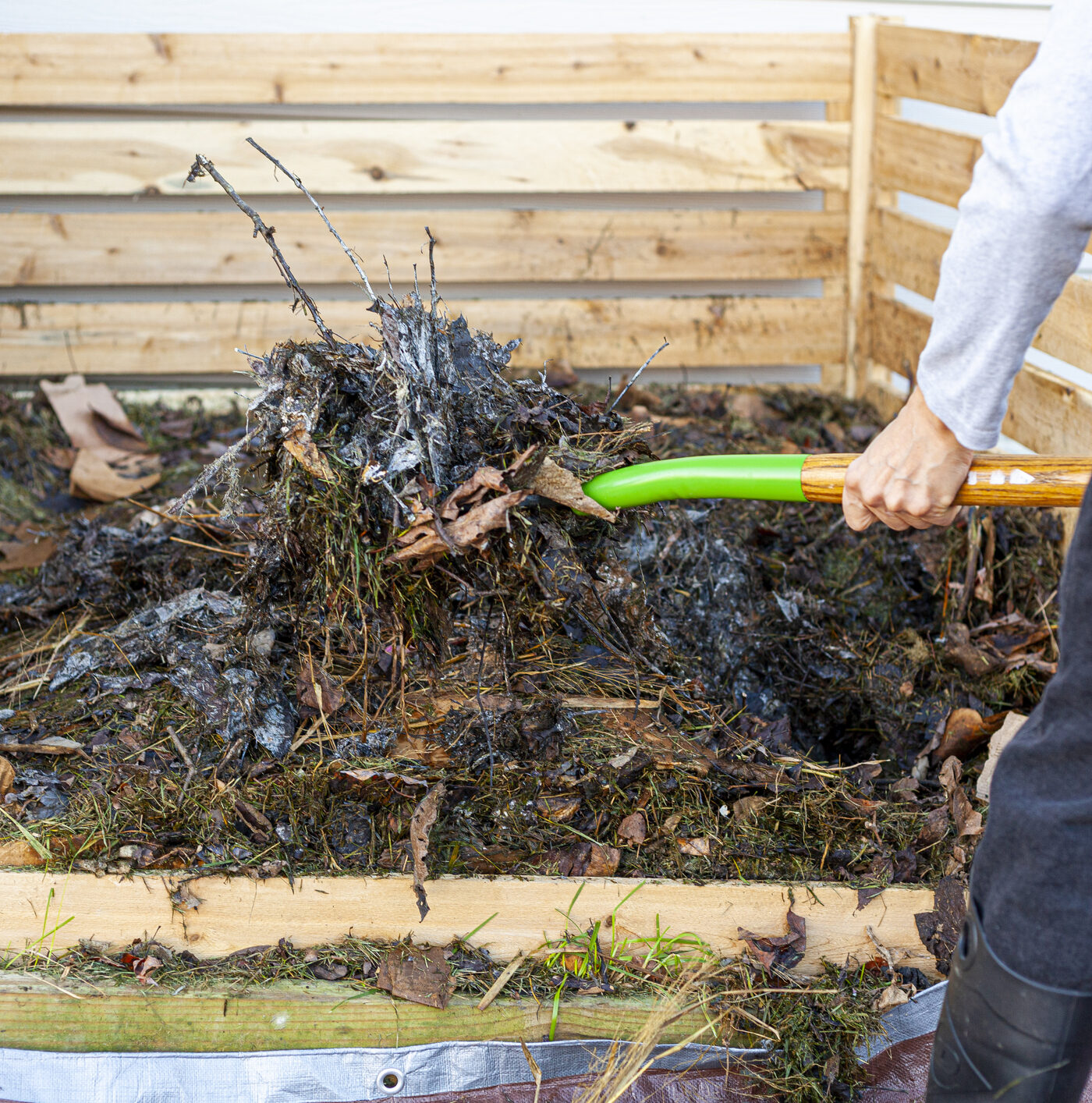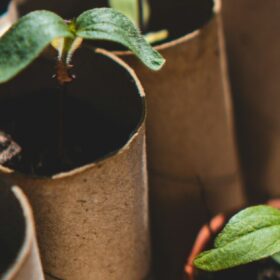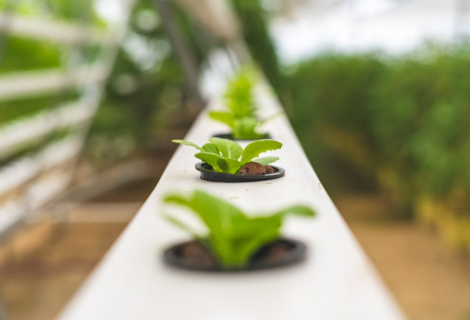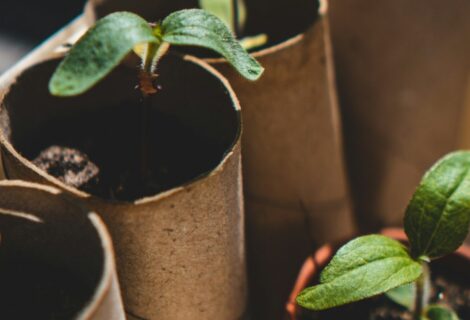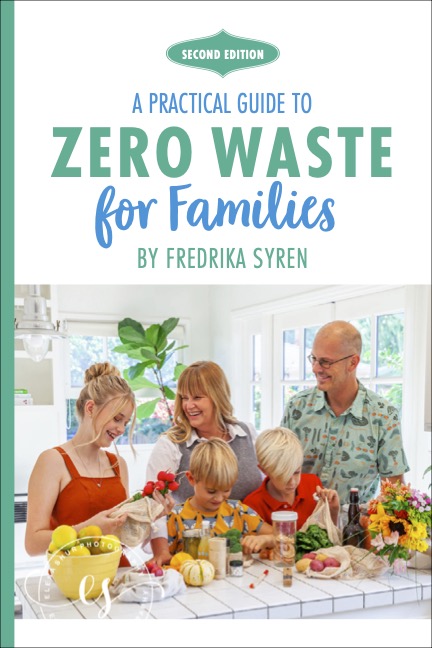How to Build and Maintain Hot Compost
Composting is an eco-friendly method to transform food scraps into rich fertilizer for your garden, and you can opt for either hot or cold composting. While cold composting is widely known and effective, if you want to produce a larger volume of nutrient-rich compost, hot composting is the way to go. Hot compost also contains far fewer weed seeds.
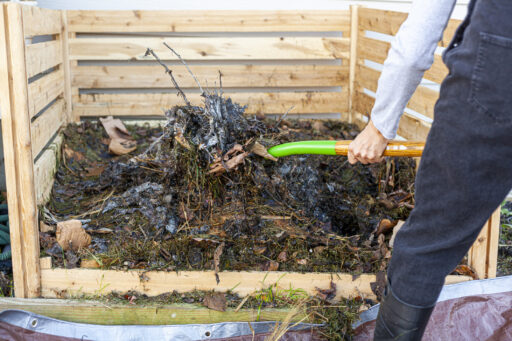
The hot composting process is faster than cold composting because the perfect mix of nitrogen-rich green materials with carbon-rich brown materials, along with frequent turning of the compost pile, often raises the pile’s temperature to between 141°F and 155°F.
These conditions create the perfect environment for heat-loving microorganisms, which cause the temperature to rise in a hot compost pile. Higher temperatures break down organic materials faster, turning them into nutrient-rich garden compost in a matter of weeks to months.
The benefits of hot composting are:
- It’s faster than cold composting, which can take months.
- The warm temperatures kill diseases and weed seeds.
- The compost is richer and contains more beneficial microorganisms, which are beneficial for plant growth.
Cons of hot composting:
- It requires more effort than cold composting.
- It requires more space than traditional composting.
- It may generate odors.
How to Create Hot Compost
The size of the compost pile is crucial in hot composting; if it’s too small, it won’t generate sufficient heat. A size of about four feet wide by four feet high is ideal. While making it even larger is best, four feet by four feet works well and is a manageable size. Place the pile in full sun to maximize heat, as shade can cool it down, slowing the process. You can either heap the materials up or use a wire compost bin.
To build the hot compost, start by layering greens (nitrogen-rich materials) with browns (carbon-rich materials) and sprinkling water between each layer. Begin with a base layer of 6 inches of brown materials such as leaves, small branches, dry lawn clippings, newspaper, or torn-up cardboard. Lightly water the base layer.
Next, add four inches of green materials like food scraps, weeds, or animal manure. Continue alternating layers, making sure to dampen each layer with water. Once the pile is full, cover it with a tarp or some straw.
Maintaining Hot Compost
To bring your compost to the hot stage, maintaining aeration and moisture is crucial. Keep it moist by adding water as needed, and turn the compost at least once every couple of weeks. This practice not only speeds up composting but also raises its temperature. It also provides insights into the compost heap’s progress.
Troubleshooting
If the compost is not hot enough, add more green nitrogen materials. If the pile begins to smell, add more brown carbon materials.
Examples of brown carbon material:
- Autumn leaves
- Wood chips
- Shredded paper
Examples of green nitrogen material:
- Grass clippings
- Fruit and veggie waste
- Weeds
- Animal manure
To learn more about composting check out this post and this post. Don’t miss our YouTube video about bokashi composting:


